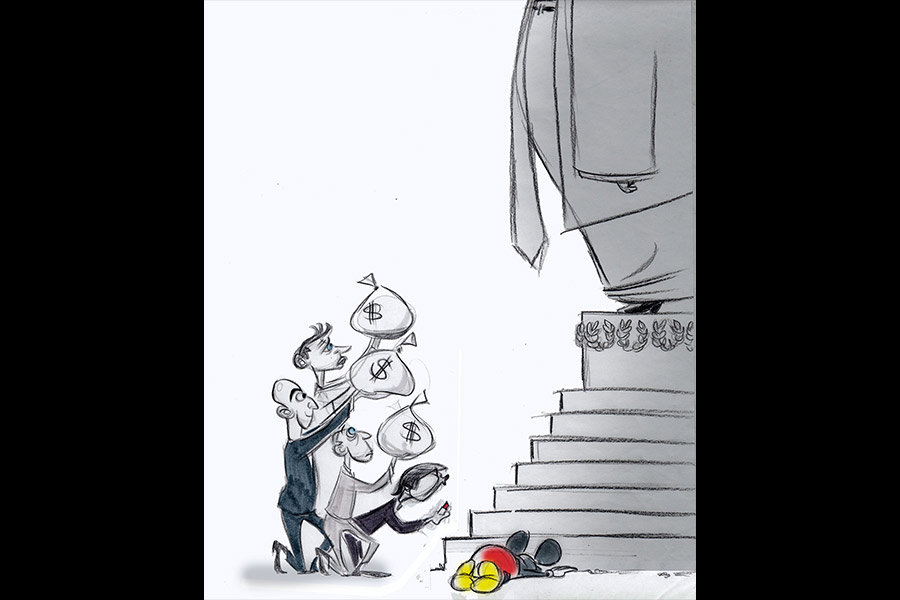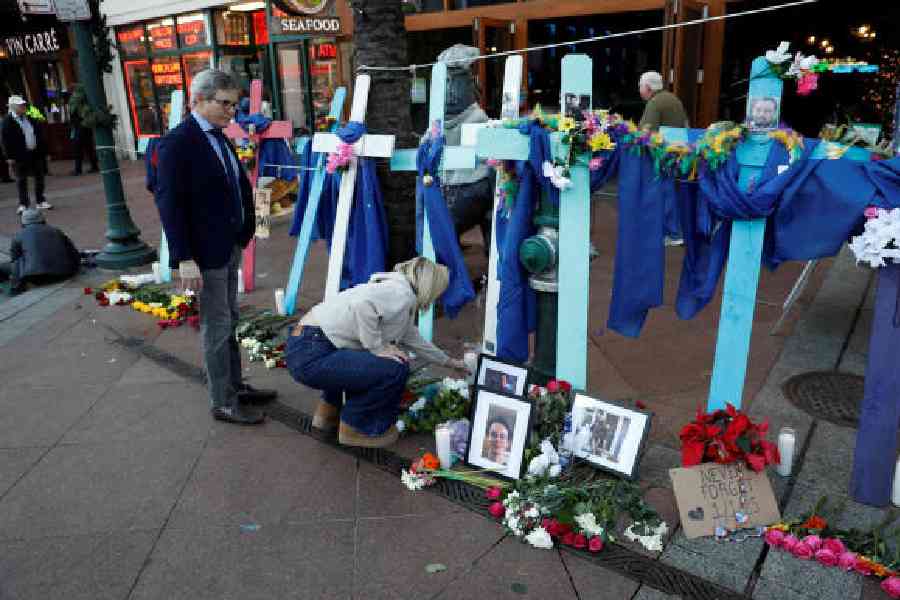The popularity of quick commerce platforms such as Zepto, Blinkit and Instamart is forecast to increase with a foreign brokerage expecting them to capture close to five per cent of the grocery market by 2030 from 0.2 per cent, a year-on-year jump of more than 70 per cent.
Analysts at Bernstein said in a note that these platforms will even take share from small grocers and premium modern retailers.
``Quick commerce platforms are best positioned to gain in the $600-billion plus Indian grocery market. The top 40–50 cities constitute around $250 billion of the overall grocery market. Quick commerce can offer better hyper localisation & proximity (3km delivery radius) with the added benefit of quick delivery & low effort purchasing,’’ the brokerage said.
The growth of quick commerce where various items can be delivered to homes in a few minutes is such that it has leapfrogged other channels that include e-commerce, kiranas and modern retail.
According to Bernstein, the success has been led by the three tenets — proximity, pricing and selection which have been difficult for other channels to match.
Moreover, the market is expanding into smaller towns, new categories and direct-to-consumer brands. Zomato, which completed the acquisition of Blinkit in 2022, is estimated to be the market leader with around 45 per cent share.
During the first quarter that ended June 30, 2024, Zomato surpassed street expectations by reporting a net profit of ₹253 crore against ₹2 crore in the corresponding quarter of the previous year.
A major factor behind this strong show was Blinkit which saw its revenues rise to ₹942 crore, a 22 per cent rise on a quarter-on-quarter basis.
Zomato is now looking to ramp up its presence in the country by increasing its dark store number to 2,000 by the end of 2026 from the current 639. In the first quarter of this fiscal it had added 113 of such stores which cater only to online orders.
Bernstein estimates the quick commerce market size will expand to $45 billion by 2030 driven by grocery and non grocery categories and expansion in smaller cities.










